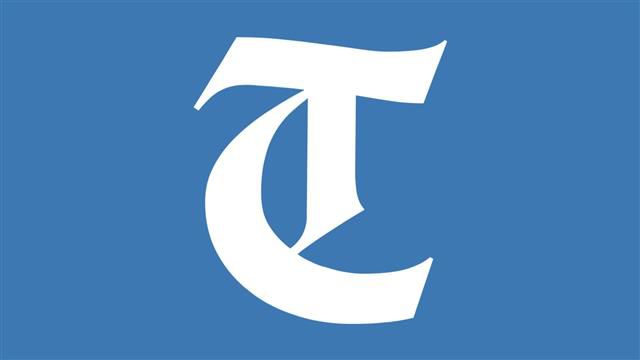‘Hijama’ therapy effective, says study
Samaan Lateef
Tribune News Service
Srinagar, June 28
“Hijama” or wet cupping has been found effective to treat polycystic ovarian syndrome (PCOS) — the most common hormonal disorder occurring in women during their reproductive years.
After four therapies of “hijama”, a recent study conducted by the Regional Research Institute of Unani Medicine (RRIUM), Srinagar, has revealed that the PCOS patient had a regular cycle.
“We performed the ‘hijama’ therapy on 11 PCOS patients for two months and the assessment was done through menstrual dysfunctions of the duration of the cycle,” said Dr Shabir Ahmad Bhat, who conducted the pilot study, of the RRIUM.
Bhat said the study revealed that ‘hijama’ therapy was effective in treating the PCOS after four therapies in two months.
Unani physicians say various treatment modalities had been proposed to resume normal menstrual flow as it was considered to be the root cause of many ailments. “One such mode is through ‘hijama’,” Bhat said.
Bhat said due to the vague presentation of the PCOS it could take years to reach a diagnosis.
“Symptoms frequently start to show up soon after puberty. The usual manifestations of the disorder are menstrual disturbances, obesity and infertility,” he said.
He said at least 50 per cent women with the PCOS could be seen at infertility clinics. “It is an incompletely understood enigmatic disease of heterogeneous nature,” he added.
The PCOS women from Kashmir are lean, have less glucose tolerance and insulin resistance and have more hirsutism (excessive body hair growth) and androgen levels (male hormone).










